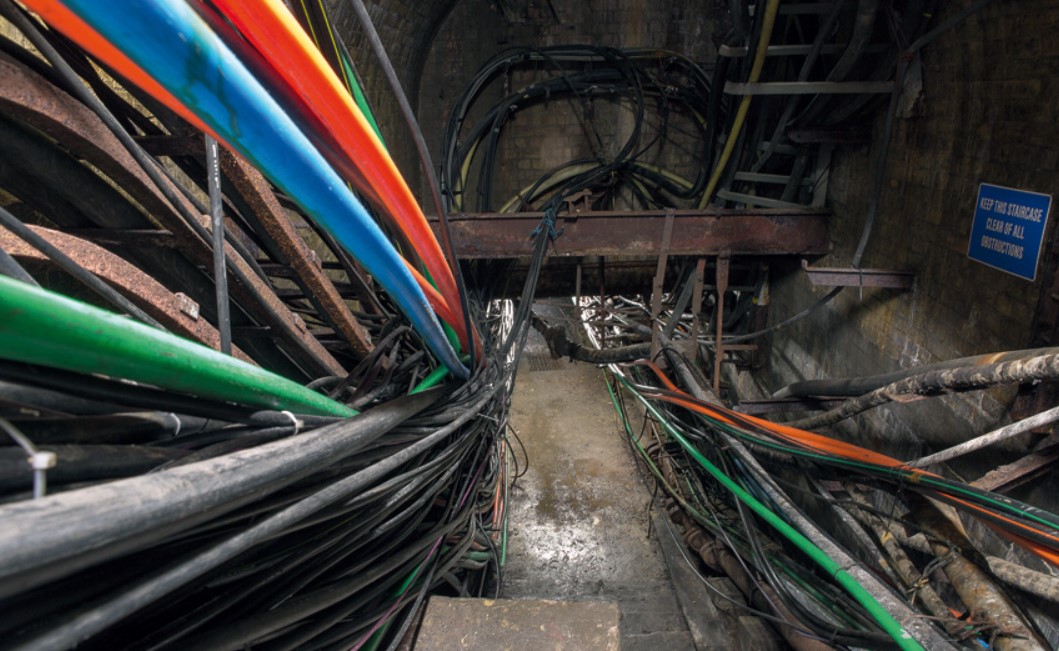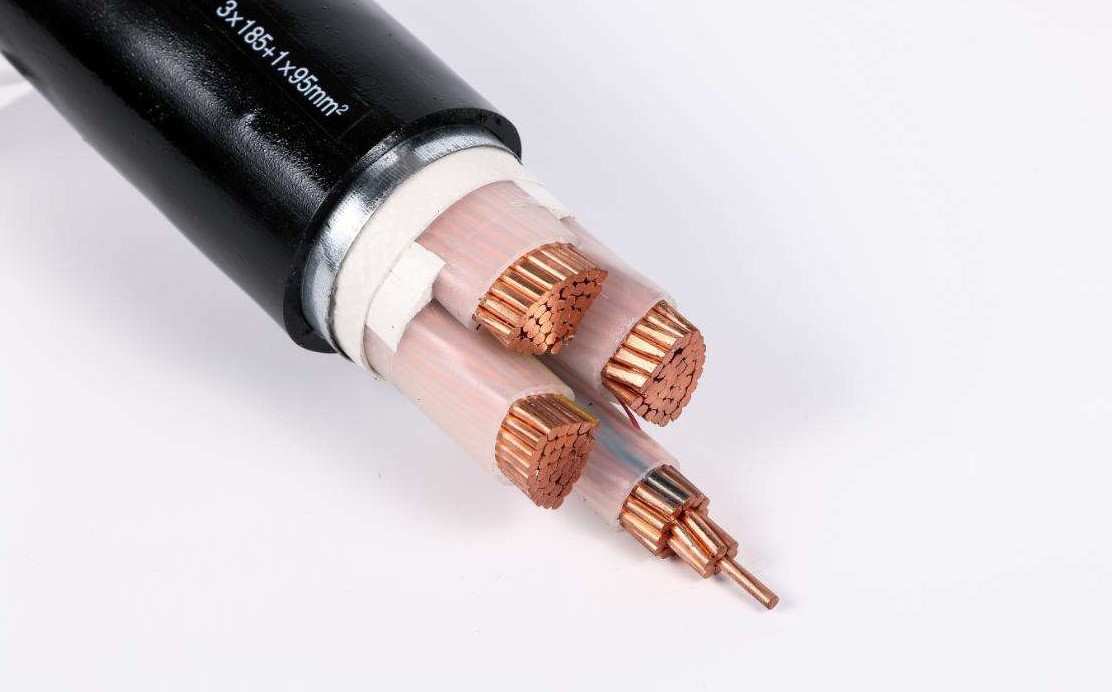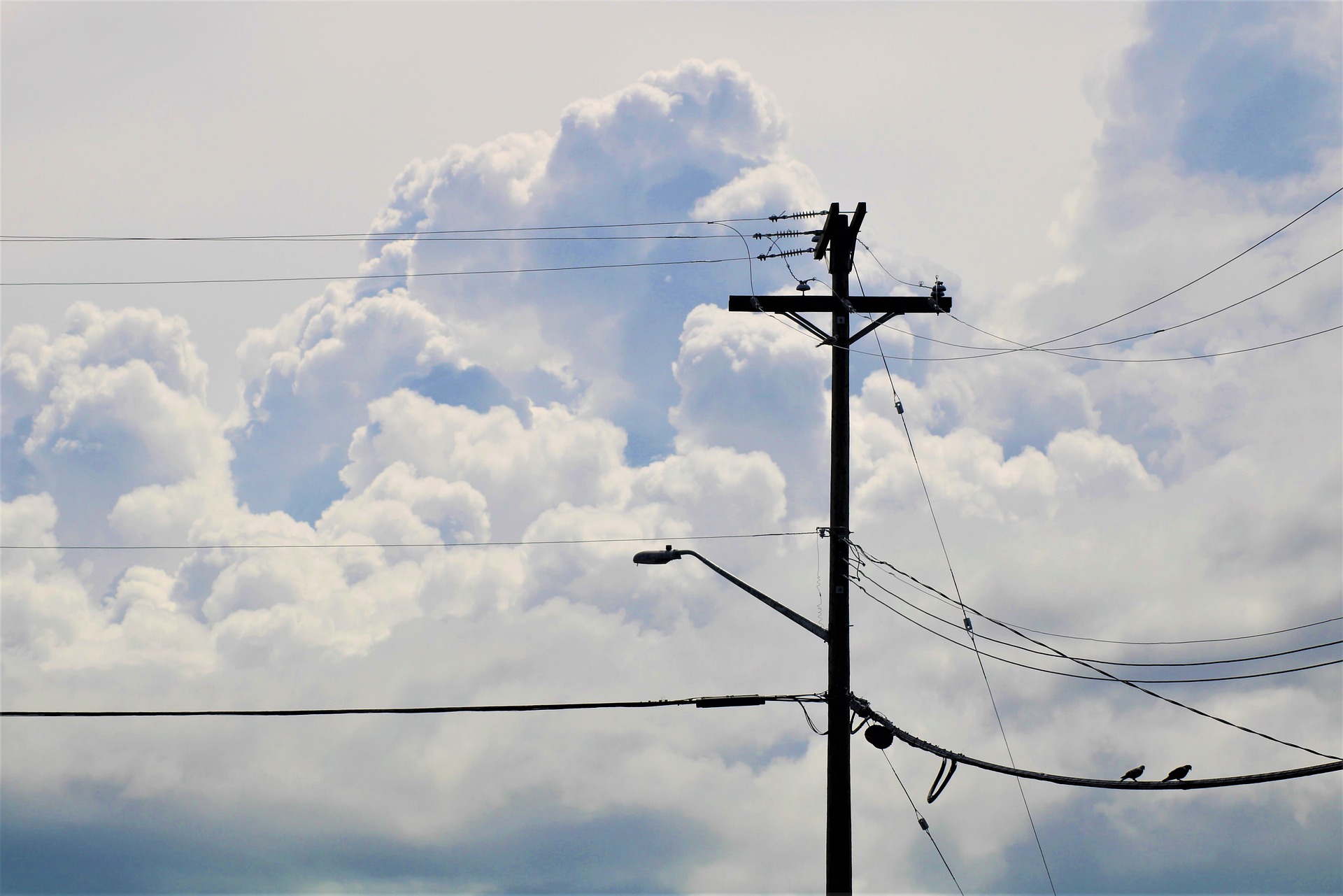Underground cables are a type of power cables that are buried in the ground or installed in conduits or ducts. They are used to transmit and distribute electrical energy from power plants to substations, industrial facilities, residential areas, and other locations where overhead lines are not feasible or desirable. Underground cables have several advantages and disadvantages compared to overhead lines, and they require careful selection and installation to ensure optimal performance and reliability.

Advantages of Underground Cables
Some of the benefits of using underground cables are:
-
They are less exposed to damage from weather conditions, such as lightning, wind, ice, or snow.
-
They have lower maintenance costs and fewer outages due to faults or accidents.
-
They have lower transmission losses and higher efficiency due to lower reactance and capacitance.
-
They have better voltage regulation and power quality due to lower impedance and reduced harmonics.
-
They have lower electromagnetic interference and reduced corona effects due to shielding and insulation.
-
They have higher aesthetic appeal and environmental compatibility due to reduced visual impact and land use.
Disadvantages of Underground Cables
Some of the drawbacks of using underground cables are:
-
They have higher initial costs and longer installation time due to trenching, laying, splicing, and testing.
-
They have lower thermal rating and higher operating temperature due to limited heat dissipation and soil thermal resistance.
-
They have higher fault detection and repair time due to difficulty in locating and accessing the damaged section.
-
They have lower flexibility and adaptability due to fixed routing and limited expansion options.
-
They have higher dielectric stress and aging due to moisture ingress, partial discharge, and thermal cycling.
Selection of Underground Cables
For selecting the appropriate underground cable for a specific application, several factors need to be considered, such as:
-
System voltage: The cable insulation must withstand the maximum operating voltage and the transient overvoltages that may occur in the system.
-
Current rating: The cable conductor must carry the maximum load current and the short-circuit current that may occur in the system.
-
Installation type: The cable design must suit the installation method, such as direct burial, duct bank, conduit, or tunnel.
-
Soil conditions: The cable characteristics must account for the soil temperature, moisture, resistivity, corrosivity, and mechanical stress.
-
Environmental conditions: The cable performance must comply with the environmental regulations and standards for fire resistance, water resistance, oil resistance, etc.

Use of Underground Cables
Underground cables are widely used in various power applications, such as:
-
Transmission: Underground cables are used for high-voltage transmission lines where overhead lines are not possible or preferable, such as under waterways, urban areas, airports, or scenic areas.
-
Distribution: Underground cables are used for medium-voltage distribution lines where overhead lines are not available or desirable, such as in densely populated areas, industrial zones, or historical sites.
-
Service: Underground cables are used for low-voltage service lines where overhead lines are not feasible or convenient, such as from the poles to the customer premises.
Conclusion
Underground cables are an important alternative to overhead lines for power transmission and distribution. They offer several advantages in terms of reliability, efficiency, quality, safety, and aesthetics. However, they also pose some challenges in terms of cost, installation, operation, and maintenance. Therefore, they require careful selection and use based on the system requirements and site conditions.

Comments
No comments yet. Be the first to react!